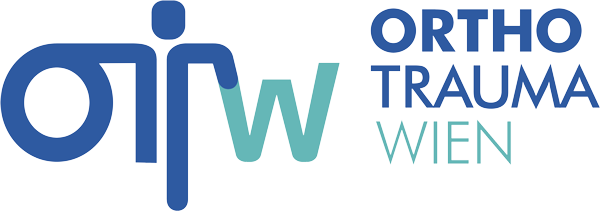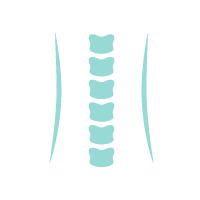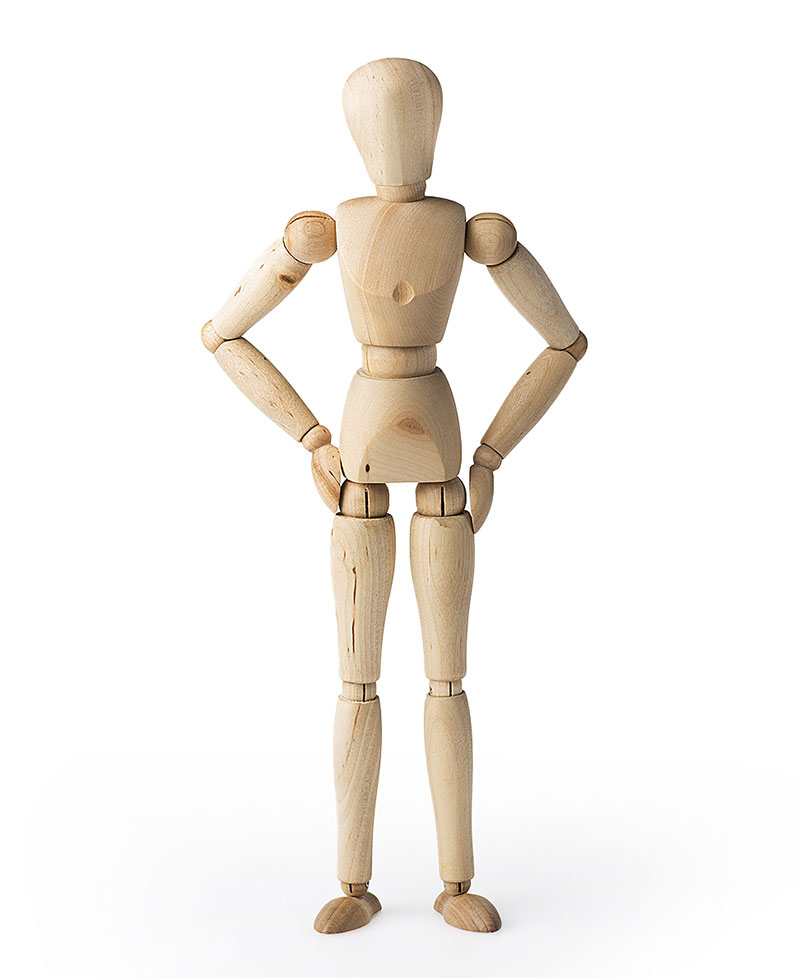Back pain is a widespread condition in Austria which affects approximately 70% of the population. The causes are manifold, although the most important cause is strain due to poor posture in sitting occupations, such as desk-jobs.
Over 80% of the population in Western industrial countries suffer from spine pain at least once in their lifetime and have to subsequently see a doctor. Pain along the spine may be caused by congenital, hereditary, inflammatory or degenerative conditions of the spine.
Back pain is the most common pain syndrome in Austria. A slipped disc, or disc herniation, may be a cause for it.
In a disc herniation, the jelly-like tissue of the inner disc ruptures through a tear out of the ring structure surrounding it. The typical radiating pain into arms or legs occur when the nerve roots become irritated. The location of symptoms gives a clue to the segment of the spine affected.
Should a slipped disc occur in conjunction with neurological symptoms, then surgical treatment is often necessary. If no neurological symptoms are present then conservative treatment with injections, intravenous drips and physiotherapy is indicated.
This is a sudden, stabbing and severe pain of the lower back and is associated with restricted movements. It may be caused by abrupt or jerky movements. Statistically, almost every person suffers from acute lumbar pain at least once in their lifetime, though people aged between 30 and 50 are affected more commonly. Conservative therapy with injections, intravenous drips and physiotherapy is the mainstay of treatment.
Sciatica is a pain originating in the lower back and going down the back of the leg, caused by irritation of a nerve root. Typically there is burning or stabbing pain of the lower back which radiates to the leg via the sciatic nerve, causing pain, paraesthesia or paralysis. The cause is usually a slipped disc. Depending on the presence or absence of neurological symptoms, the treatment is either conservative or surgical.
.
This is one of the main conditions of the so-called group of spondylarthropathies. It is a chronic and inflammatory rheumatological disease, which ultimately leads to fusing of the vertebrae and stiff spine.
This is a relatively common condition of the spine affecting children and adolescents. It causes a round back of the thoracic spine.
Scoliosis is a deviation of the spine from it natural S-shape. The spine becomes distorted multidimensionally, usually during growth in childhood or adolescence. Treatment depends on age and severity of the condition.
Spinal stenosis is a narrowing of the canal of the spine in which the spinal cord and nerve fibres run. This narrowing may cause pain and neurological symptoms. Treatment depends on the presence or absence of neurological symptoms as well as the severity of the narrowing.
This is degenerative wear of the small intervertebral joints of the spine. It most commonly occurs in the lumbar spine, yet may affect any level of the spine.
A fractured vertebral body may be the cause of back pain and may point towards osteoporosis in the absence of an injury. Depending on the severity of the fracture, it may either be treated conservatively or surgically.
This is an instability of the spine causing one or more vertebral bodies to slip over another vertebral body below it. It may slip forward, backward or sideways. You may be born with it or develop it during your lifetime.


